Like most ducks, the male cinnamon teal is a brightly-colored bird, while the female is rather drab. Thus, the coloration of the male is where this species of duck gets its name.
Male cinnamon teals are a burnished red, with red eyes, and dark brown tails and wings. This bright color only occurs during the breeding season, and becomes drab when they molt their feathers. Read on to learn about the cinnamon teal.
Description of the Cinnamon Teal
Female cinnamon teals look quite similar to female mallard ducks. They are brown with dark brown mottling and patches across their feathers. Males are also gray-brown outside of the breeding season.
During the breeding season, males sport iridescent reddish-brown bodies and heads. Their eyes are bright red (much like the canvasback), and their wings and tails are dark brown. Both males and females usually weigh no more than a pound, and are a little over a foot long.
Interesting Facts About the Cinnamon Teal
These ducks are relatively small, and not quite as striking as some other duck species. Learn what makes them stand out below.
- Hidden Nests – These birds are quite clever when it comes to concealing their nests. The female finds a clump of old, dead vegetation and builds a tunnel underneath it. This keeps her totally covered when she is incubating her eggs. No one wants to be a sitting duck!
- Split Populations – Cinnamon teals live in both North America and South America. However, these two populations do not intermingle or migrate to the same areas. In fact, this species is the only North American duck with two separate populations.
- Super Subspecies – With such a widespread distribution, and distinct populations, it is no surprise that scientists have identified several different subspecies of cinnamon teal. The different subspecies are the northern, tropical, Borrero’s, Andean, and Argentine cinnamon teal.
Habitat of the Cinnamon Teal
Like most ducks, cinnamon teals enjoy living in lakes, ponds, marshes, and other small water bodies. Their favorite habitats are marshes and wetlands with lots of vegetation.
They often live in more urban areas as well, like retention ponds and parks. Like most waterfowl, these ducks migrate seasonally, and thus inhabit quite a few different habitats and ecosystems.
Distribution of the Cinnamon Teal
Cinnamon teals live in both North America and South America. Their North American range focuses primarily in the western and central United States, particularly while breeding and migrating.
Over the winter, they head south into Mexico. Their South American populations live in a variety of locations. They live in southern Argentina and Chile, as well as parts of Bolivia, Peru, Columbia, and Ecuador.
Diet of the Cinnamon Teal
These ducks feed on a variety of plants and small animals, making them omnivores. They eat a variety of different aquatic plants and plant seeds.
Most of their diet consists of plants, but they also feed on insects and invertebrates, particularly while breeding. They hunt for plankton, snails, insects, insect larvae, shrimp, and shellfish.
Cinnamon Teal and Human Interaction
Like most waterfowl, human activity does impact the populations of this species. Their primary threats are habitat destruction and hunting.
Though researchers do not have extensive information on their population levels, the IUCN lists them as Least Concern. Continued hunting regulation and habitat protection should keep these birds safe.
Domestication
Humans have not domesticated this species in any way.
Does the Cinnamon Teal Make a Good Pet
No, cinnamon teals do not make good pets. We select the most friendly and docile domestic ducks to breed. Because of this, they are much easier to handle than their wild counterparts.
As wild birds, cinnamon teals would not make good pets, and in most places it is illegal to own one as a pet without proper permits.
Cinnamon Teal Care
In a zoological setting, these ducks need similar care to other duck species. Zoos usually keep them with other species of ducks, and live in small groups. Their habitats must have plenty of swimming and diving space for them to forage.
They also like having a variety of plants and shrubs to hide in while on land. Zookeepers feed them a pelleted waterfowl diet, a variety of vegetation, and insects.
Behavior of the Cinnamon Teal
These ducks spend most of their time foraging in the water. Most of their feeding occurs near the surface. They dip their heads under the water, with their tails and feet in the air, and dabble about feeding on plants. They also swim around, occasionally diving down to catch small insects or to eat aquatic vegetation.
Reproduction of the Cinnamon Teal
This species of duck nests on the ground, and builds their nest with grasses and reeds. They line the inside of the nest with feathers. Some cinnamon teals lay clutches of up to 16 eggs. The mother incubates these eggs for 21 – 25 days.
After they hatch, the mother leads her ducklings to the water, protects them from predators, and shows them where to find food. The ducklings begin flying at around 7 weeks old.


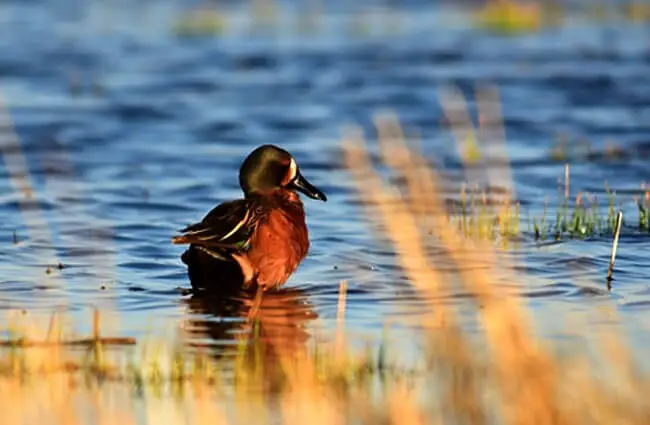

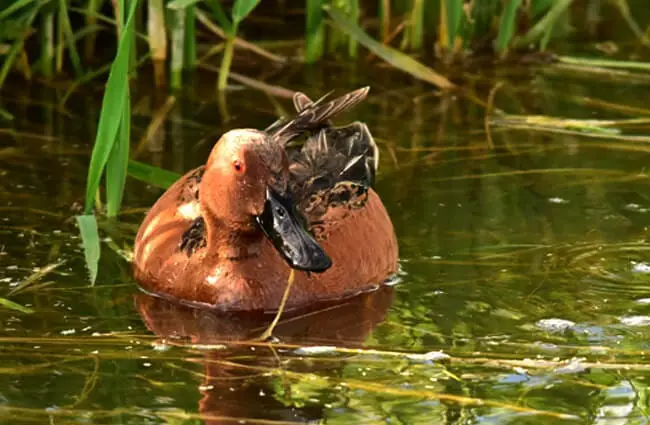
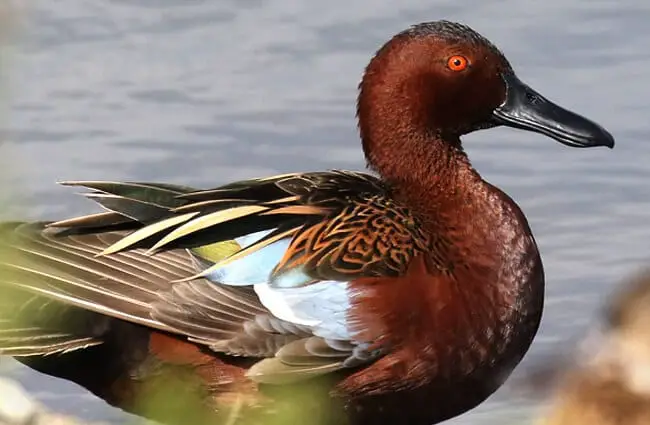
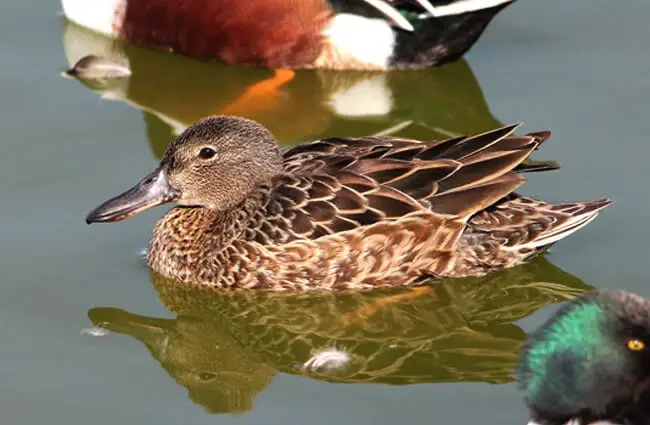





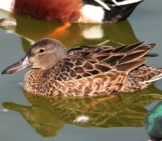
![Red Angus Closeup of a beautiful Red Angus cowPhoto by: U.S. Department of Agriculture [pubic domain]https://creativecommons.org/licenses/by/2.0/](https://animals.net/wp-content/uploads/2020/03/Red-Angus-4-238x178.jpg)












![Red Angus Closeup of a beautiful Red Angus cowPhoto by: U.S. Department of Agriculture [pubic domain]https://creativecommons.org/licenses/by/2.0/](https://animals.net/wp-content/uploads/2020/03/Red-Angus-4-100x75.jpg)

